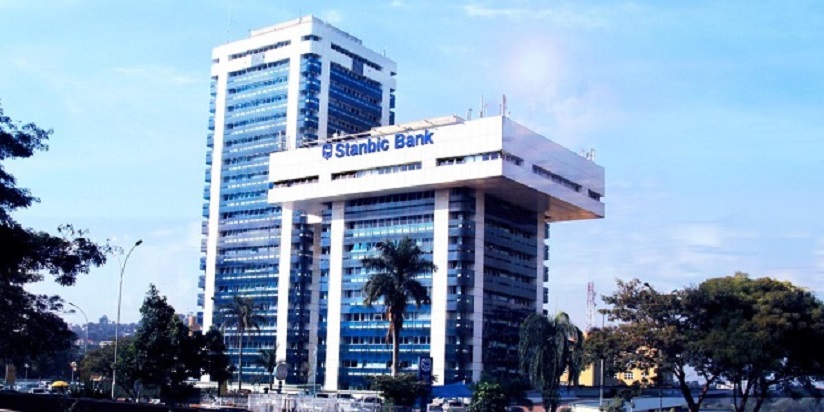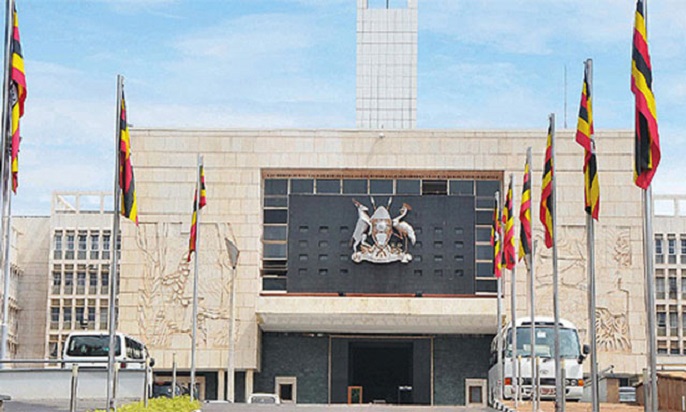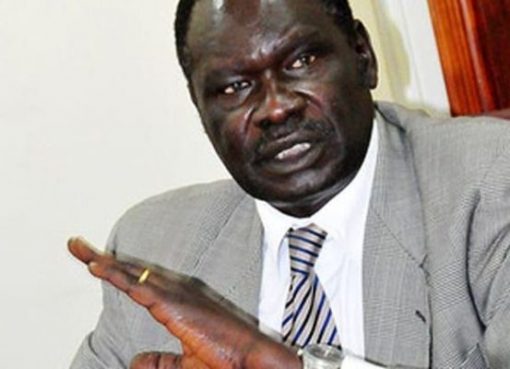Members of Parliament on the Finance Committee have raised concerns over government’s plan to increase domestic borrowing to UGX11.381 trillion in the 2025/26 financial year, warning that the move could push up interest rates and stifle private sector access to credit.
The concern was raised by Moses Aleper (Chekwii County), Vice Chairperson of the Finance Committee, while presenting the committee’s report on the Ministry of Finance’s 2025/26 Ministerial Policy Statement during the April 9, 2025 plenary sitting.
According to the preliminary fiscal framework, domestic borrowing is projected to increase from UGX8.967 trillion in FY2024/25 to UGX11.381 trillion in FY2025/26. This marks a significant deviation from government’s earlier commitment, under the Budget Framework Paper, to reduce domestic borrowing to UGX4.011 trillion.
“Increased domestic borrowing could crowd out the private sector and drive up interest rates, thus raising the cost of doing business,” Aleper warned. “The Committee recommends that government restrict domestic borrowing to development projects only and embrace fiscal consolidation to control spending.”
Treasury Overspending
Parliament also tasked the Minister of Finance to explain how the Department of Treasury Operations overshot its approved budget by UGX7.74 trillion in the first half of FY2024/25.
According to the Semi-Annual Budget Performance Report, Treasury Operations had an approved budget of UGX34.589 trillion, of which UGX12.412 trillion was released by mid-year. However, actual spending reached UGX19.891 trillion—representing 160.2% of the funds released.
“This means UGX7.74 trillion was spent beyond the available releases. By the time of compiling this report, the Ministry of Finance had not provided an explanation for this over-expenditure,” Aleper stated. “We recommend that the Minister of Finance present a detailed explanation to Parliament.”
Kasilo County MP Elijah Okupa added pressure, saying, “If the Ministry failed to explain to the Committee, let them do so now before Parliament. Otherwise, we will move to reject the Ministry’s budget. You spent the money—you should be able to explain how and why.”
Treasury Budget to Decline
Despite the overspending, the Treasury Operations budget is projected to decline to UGX27.768 trillion in FY2025/26, down from UGX34.589 trillion in the current fiscal year. The reduction is attributed to decreased spending under “Others” (including Bank of Uganda charges, ROKO share purchases, and Lubowa Hospital escrow funding), which is expected to fall from UGX9.356 trillion to UGX575.1 billion.
Similarly, securities redemption is projected to reduce from UGX12.021 trillion to UGX10.027 trillion in FY2025/26.
Rising Debt Commitment Fees
The Finance Committee also flagged the rising cost of debt commitment fees, projected to grow from UGX45 billion in FY2024/25 to UGX63 billion in FY2025/26. The increase is attributed to the growing volume of undisbursed loans, which rose from UGX14.6 trillion in FY2022/23 to UGX16.49 trillion in FY2023/24, according to the December 2024 Auditor General’s report.
“The Committee recommends that government conduct feasibility studies and preliminary activities before procuring loans, to avoid paying unnecessary commitment fees on loans that remain idle,” Aleper said.
Tochi County MP Peter Okot criticized government’s practice of securing loans before confirming project readiness: “If we know we’re not ready to execute a project, why go ahead and negotiate the loan? We’re deliberately creating problems we could avoid.”
In response, State Minister for Finance Henry Musasizi blamed the issue on a lack of counterpart funding. “This is largely due to budgetary constraints, which we are trying to address. We don’t want to misrepresent what is actually happening on the ground,” he said.
Ministry Budget to Shrink
The overall budget for the Ministry of Finance is also expected to decline from UGX3.091 trillion in FY2024/25 to UGX2.861 trillion in FY2025/26. The decrease is largely due to a UGX394.42 billion cut in external financing, despite increases in non-wage recurrent funding (up by UGX156.41 billion) and government development spending (up by UGX7.35 billion).
The projected FY2025/26 budget includes:
-
UGX9.758 billion for wage expenditure,
-
UGX2.262 trillion for non-wage recurrent costs,
-
UGX589.44 billion for development (UGX187.448 billion GoU and UGX402.02 billion external).
In FY2024/25, the Ministry’s approved budget stood at UGX3.091 trillion, of which only UGX861.65 billion (27.87%) had been released by December. This included:
-
UGX8.31 billion for wage,
-
UGX2.106 trillion for non-wage recurrent,
-
UGX180.08 billion for GoU development,
-
UGX796.78 billion in external financing.
-Parliament Watch





